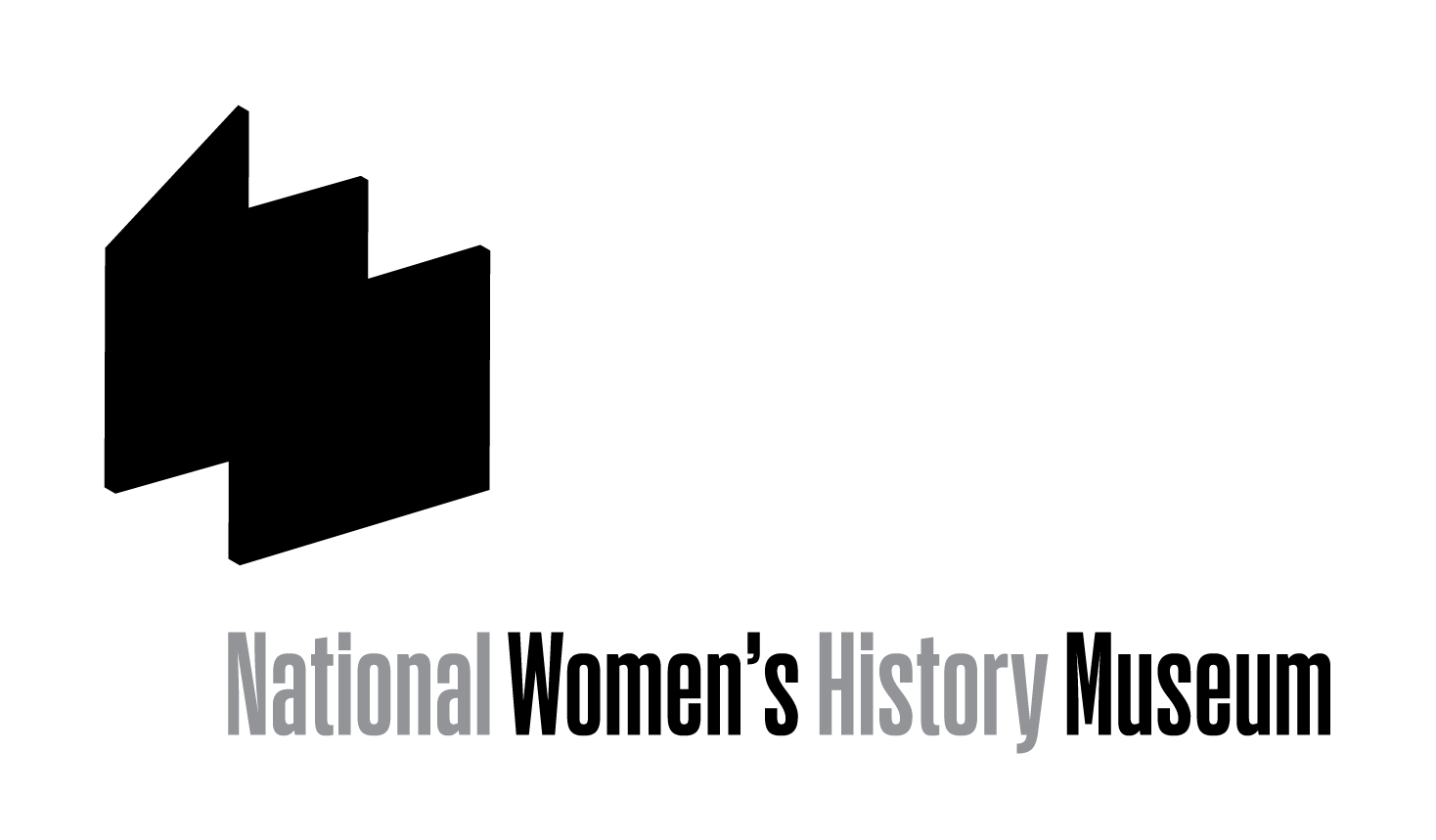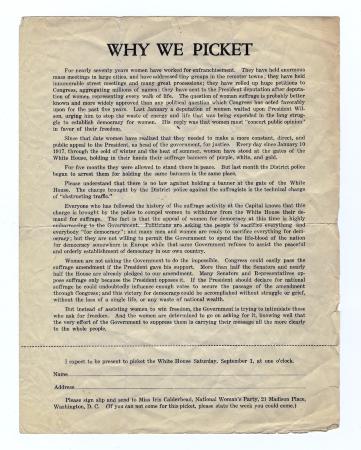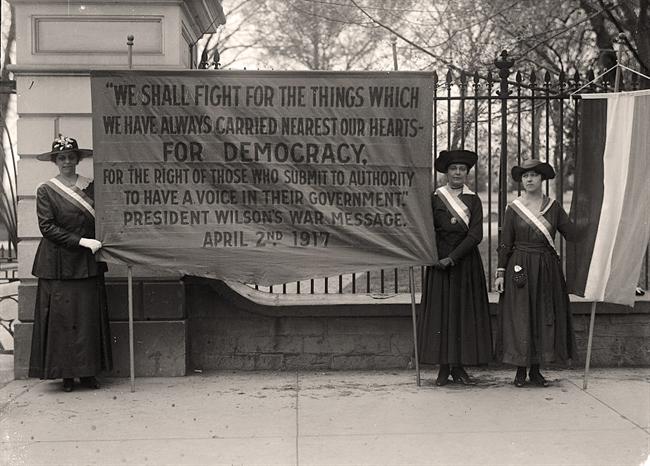It is better, as far as getting the vote is concerned I believe, to have a small, united group than an immense debating society.
Alice Paul
Official program of the woman suffrage procession in Washington, D.C. on March 3, 1913, Library of Congress.
National Women's Party and Militant Methods
RELATED PEOPLE
- Lucy Burns
- Inez Milholland
- Alice Paul
- Alva Vanderbilt
RELATED RESOURCES
- Call for Suffrage at Seneca Falls
- Opposition to Suffrage
- NAWSA
- Progressive Era Reformers
- Working Women
- Imagery and Propaganda
- 19th Amendment
In 1913, suffragists Alice Paul and Lucy Burns organized a parade down Pennsylvania Avenue in Washington, DC. The parade was the first major suffrage spectacle organized by the National American Woman Suffrage Association (NAWSA). Paul and Burns—and many other American suffragists—learned about new methods for promoting their cause from labor activists and by participating in the protests of militant British suffragettes overseas. Just as they had hoped, the parade drew attention to their cause. Riots broke out and for months newspapers covered the investigation of the District police’s failure to maintain peace.
Paul wanted suffragists to organize more parades and protests to get the public’s attention. She hoped this strategy would help secure the passage of a federal suffrage amendment. NAWSA, however, opposed these militant tactics. Its leaders preferred state-by-state campaigns and traditional methods like petitioning legislatures and lobbying politicians. Soon after the parade, militant suffragists (under Paul’s leadership) broke away from NAWSA and founded the Congressional Union. In 1917, they renamed their group the National Woman’s Party (NWP).
While pickets of the White House seem common today, the NWP organized the first picket in January 1917. Through the cold and rain, suffragists with banners stood at President Woodrow Wilson’s gates on and off throughout the year. Even as the United States entered World War I, the NWP continued to picket in front of the White House. Their choice angered politicians and some of the public, who believed the picketers were unpatriotic.
Police arrested the NWP suffragists for obstructing traffic. The suffragists refused to pay the fine. They asserted they were really being punished for their political beliefs. The women were then sent to a nearby workhouse, where they protested their sentences by going on a hunger strike. Officials responded by feeding them through a tube by force, a practice now recognized as a form of torture.
Newspapers across the country reported on the pickets, arrests, and jailed suffragists. The public generally disapproved of this severe, violent treatment of suffragists. Ultimately, the National Woman’s Party’s tactics garnered significant publicity and support for the cause.
By Allison Lange, Ph.D.
Fall 2015
Essential Questions
- What was the National Women's Party (NWP)?
- How did the NWP differ from the National American Women's Suffrage Association (NAWSA)?
- How did their strategies and aims differ
- What was the relationship between the NWP and British "suffragettes"?




![Miss [Lucy] Burns in Occoquan Workhouse, Washington](https://images.squarespace-cdn.com/content/v1/5602e55fe4b053956b5cbfb1/1471964799090-TAV77OXDDGE9QII712ZR/Lucy+Stone+in+prison.jpg)






Library of Congress
A group of women and men from the National Woman’s Party (NWP) can be seen picketing President Woodrow Wilson outside of the International Amphitheater in Chicago, where he was delivering a speech. The NWP, founded in 1913, helped raise national awareness about the woman’s suffrage campaign and the 19th Amendment. This was achieved through traditional petitioning and lobbying but also through more public activities. The NWP held parades, pageants, street speeches, and demonstrations to draw attention. For months, the NWP even picketed the White House.